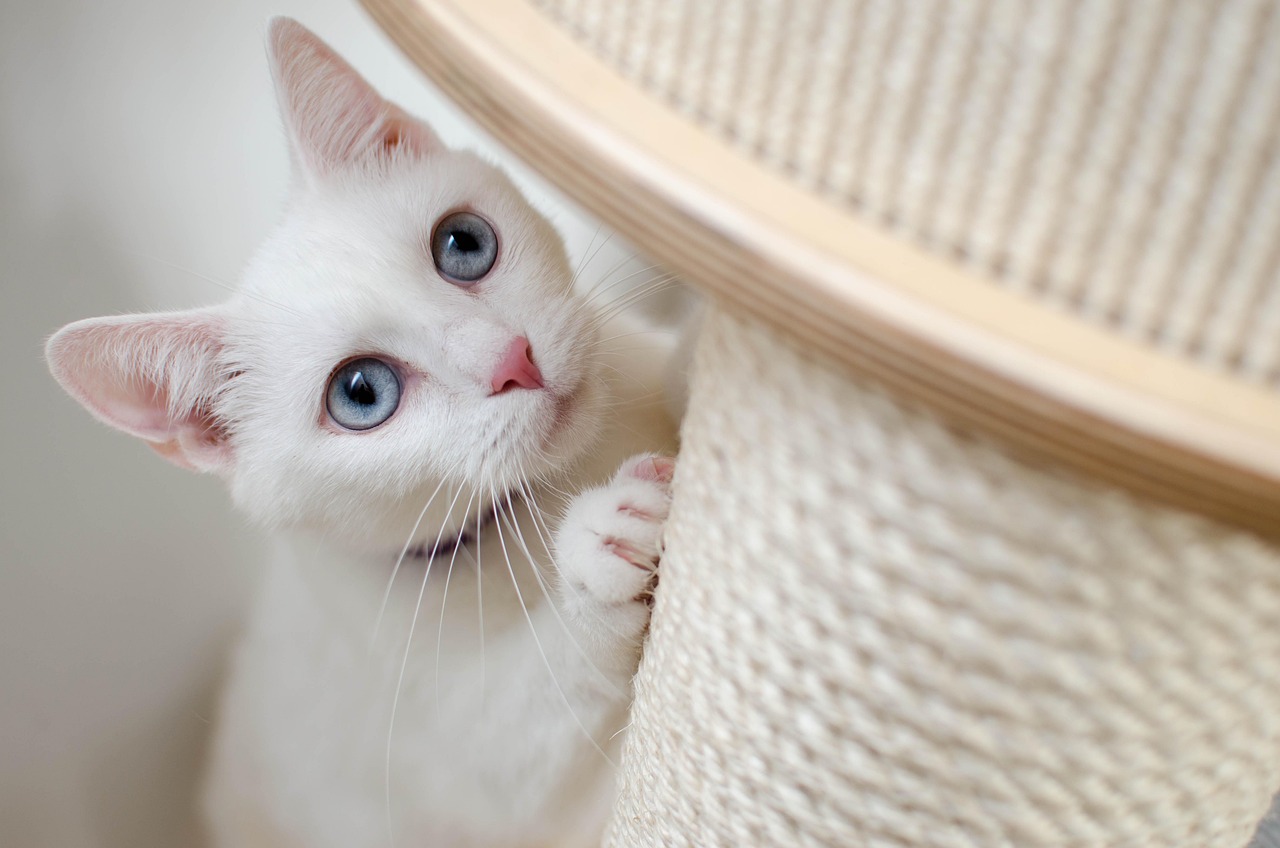Share This Article
Choosing the right cat breed can be a pivotal decision that impacts both your life and your cat’s well-being. With numerous breeds each offering distinct personalities, care requirements, and physical traits, selecting the ideal feline companion requires thoughtful consideration. This comprehensive guide will walk you through essential factors to consider, helping you match the perfect cat breed to your lifestyle.
1. Assessing Your Lifestyle and Living Situation
Consider Your Daily Routine:
- Activity Level: If you lead an active lifestyle and enjoy interactive play, a high-energy breed like the Bengal or Abyssinian might be a great fit. Conversely, if you prefer a more laid-back routine, a calm breed such as the Ragdoll or British Shorthair may be ideal.
- Work Schedule: For those with a busy schedule or who work long hours, a more independent breed like the Scottish Fold or Russian Blue, which can handle solitude, might be better suited.
Evaluate Your Living Space:
- Apartment or House: Small apartments might benefit from breeds that are content with less space, such as the American Shorthair or Devon Rex. If you have a larger home, you might accommodate more active breeds like the Maine Coon or Somali.
- Allergies: If you or someone in your household has allergies, consider hypoallergenic breeds like the Siberian or Balinese, which produce fewer allergens.
2. Understanding Different Cat Breeds
**1. Active and Playful Breeds:
- Bengal:
- Traits: Energetic, intelligent, and curious.
- Needs: Regular interactive play and mental stimulation.
- Best For: Active families or individuals who can provide plenty of engagement.
- Abyssinian:
- Traits: Adventurous, lively, and social.
- Needs: Lots of exercise and mental stimulation.
- Best For: Active households where the cat can explore and play.
**2. Calm and Laid-Back Breeds:
- Ragdoll:
- Traits: Gentle, affectionate, and easygoing.
- Needs: Regular grooming and a calm environment.
- Best For: Families or individuals who prefer a relaxed, lap-loving companion.
- British Shorthair:
- Traits: Calm, sturdy, and independent.
- Needs: Minimal grooming and moderate activity.
- Best For: Those looking for a low-maintenance, adaptable cat.
**3. Hypoallergenic Breeds:
- Siberian:
- Traits: Friendly, intelligent, and low-shedding.
- Needs: Regular grooming and social interaction.
- Best For: Allergy sufferers who want a hypoallergenic cat.
- Balinese:
- Traits: Graceful, affectionate, and less likely to trigger allergies.
- Needs: Regular grooming and interaction.
- Best For: Those with allergies seeking a loving, interactive breed.
**4. Social and Family-Friendly Breeds:
- Maine Coon:
- Traits: Gentle, sociable, and large.
- Needs: Regular grooming and interaction with family members.
- Best For: Families looking for a friendly, easygoing cat that gets along well with children and other pets.
- Siamese:
- Traits: Vocal, affectionate, and social.
- Needs: Lots of interaction and mental stimulation.
- Best For: Those who enjoy a talkative, engaging companion.
**5. Independent and Low-Maintenance Breeds:
- Russian Blue:
- Traits: Reserved, loyal, and low-shedding.
- Needs: Minimal grooming and moderate social interaction.
- Best For: Individuals or families who prefer a quieter, low-maintenance cat.
- Scottish Fold:
- Traits: Calm, affectionate, and adaptable.
- Needs: Regular grooming and gentle handling.
- Best For: Those seeking a sweet-natured, independent cat.
3. Matching Breed Characteristics to Your Needs
Energy Level:
- High-Energy: If you enjoy playing with your cat and have the time to engage them, consider breeds like the Bengal or Abyssinian.
- Low-Energy: For a more sedentary lifestyle, breeds such as the British Shorthair or Russian Blue might be more suitable.
Space Considerations:
- Small Space: Breeds that adapt well to smaller environments, like the Devon Rex or American Shorthair, are ideal for apartments.
- Large Space: Active breeds like the Maine Coon or Norwegian Forest Cat can enjoy larger spaces and room to roam.
Time Commitment:
- High Maintenance: Long-haired or high-energy breeds may require more time for grooming and interaction.
- Low Maintenance: Short-haired or independent breeds typically require less daily attention and grooming.
Allergy Concerns:
- Hypoallergenic Breeds: Consider breeds that produce fewer allergens if allergies are a concern, such as the Siberian or Balinese.
4. Preparing for Your New Cat
Adoption vs. Breeder:
- Adoption: Consider adopting from a shelter or rescue organization where you might find cats of various breeds and mixed breeds needing homes.
- Breeder: If you choose to go through a breeder, ensure they are reputable and prioritize the health and well-being of their cats.
Home Preparation:
- Create a Safe Space: Set up a designated area for your new cat with a comfortable bed, litter box, and toys.
- Gradual Introduction: Allow your new cat to explore their new home at their own pace, and introduce them to family members and other pets gradually.
Ongoing Care:
- Regular Vet Visits: Schedule regular check-ups with a veterinarian to monitor your cat’s health and well-being.
- Diet and Exercise: Provide a balanced diet and ensure your cat gets adequate exercise based on their breed and energy level.
Conclusion
Choosing the right cat breed involves understanding both your lifestyle and the characteristics of different breeds. By evaluating your needs and preferences and considering the traits of various breeds, you can find a feline companion that fits seamlessly into your life. Remember, every cat is an individual with their own personality, so while breed characteristics provide a general guide, each cat will bring their own unique qualities to your home.


